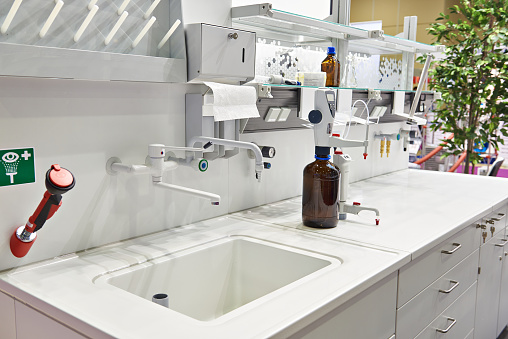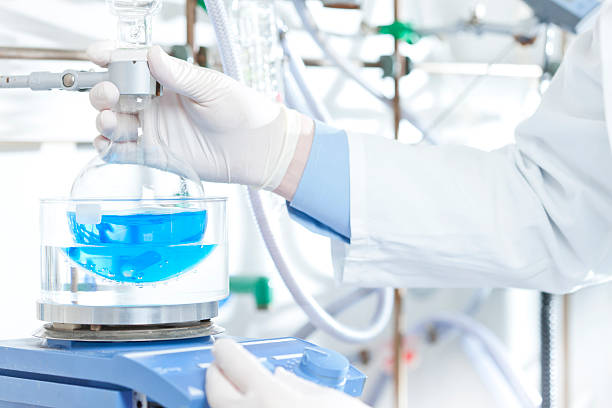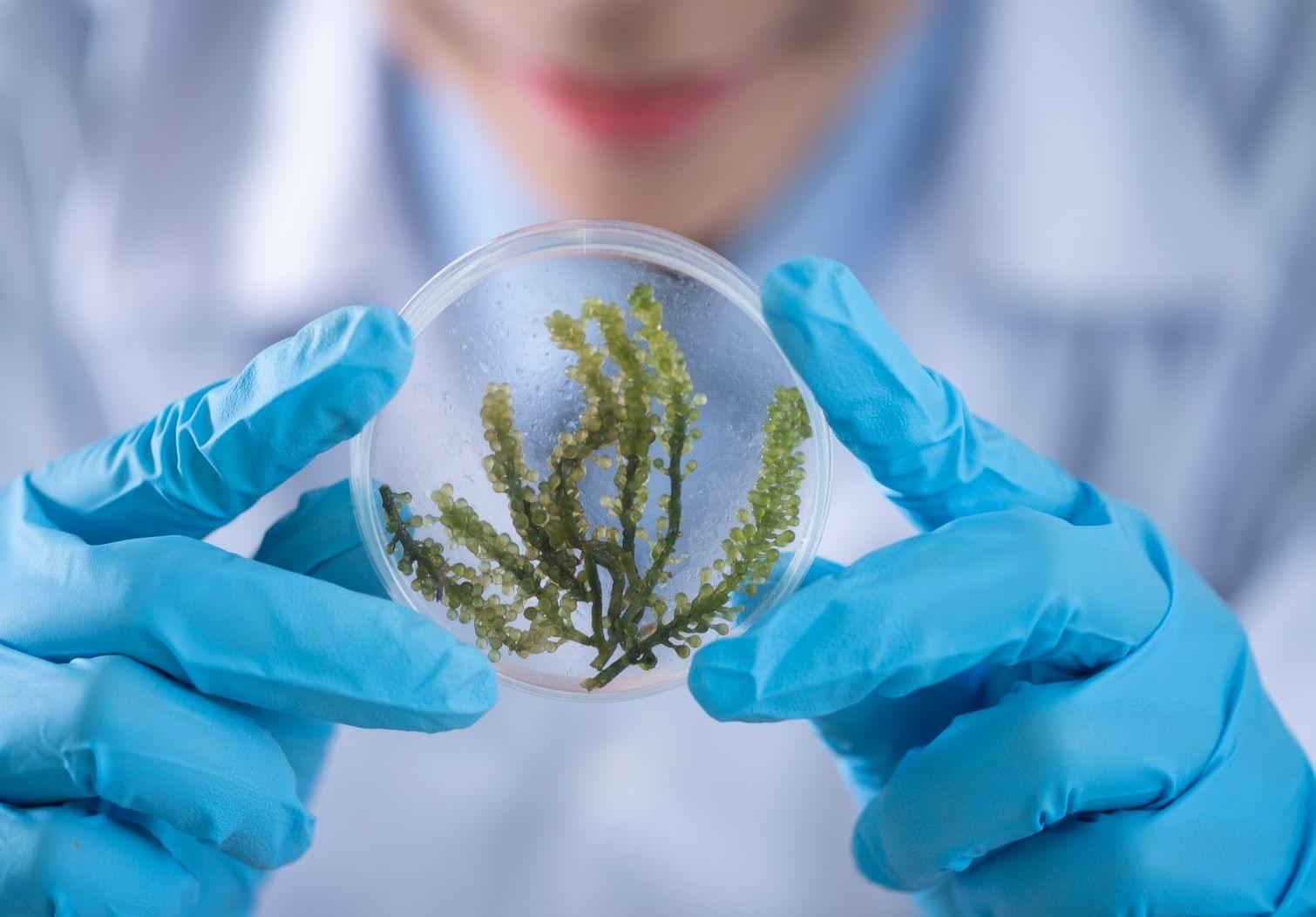
Clean labware is important ensure safety and result reproducibility. Pro-actively thinking about your washing protocols can result in significant water savings, reducing costs and increasing sustainability.
CASE STUDY:
Recently, we engaged in a lab audit at an industrial R&D lab. We noticed that a common way for these employees to clean beakers was to put them under a running tap. This method enabled the researchers to have time to engage in other tasks and return to a clean beaker.
We installed water meters on their taps to track their water usage and used them to compare different labware washing practices. We compared the cleaning of two 3 kg batches, each made in a 5 L plastic beaker with a Pitch Blade mixing impeller.
Procedure 1: (Old Washing Technique)
The product in the beaker was emptied into a waste drum, and put under a warm running tap until clean.
Result: Washing this beaker used 92 L of water and 4.5kWh energy. For their utility prices, it equated to €0.45/wash.
Note: To be honest, beaker not completely clean, but we did not have the heart to let the tap keep running anymore.
Procedure 2: (Good Washing Technique)
The product in the beaker was emptied into a waste drum, residual product was scraped with a spatula, beaker was then filled with cold water, left sitting for 10 mins and then manually washed with warm water using a sponge.
Result: This trial used 10.5 L of water and 0.385 kWh of energy.
Changing to this washing method saved 9x water and 12x energy. It pays to think carefully about how you are washing your glassware in the lab.
Small changes like the ones in the examples above can bring huge savings. Even more time, energy, and water savings can be recovered with the use of a dishwasher. Stay tuned.


